The Wolseley City brings the brand’s 1920s glamour and identity to the 21st century
The Wolseley City opens to a design by Fabled Studio, bringing the celebrated hospitality brand from Piccadilly to the City of London
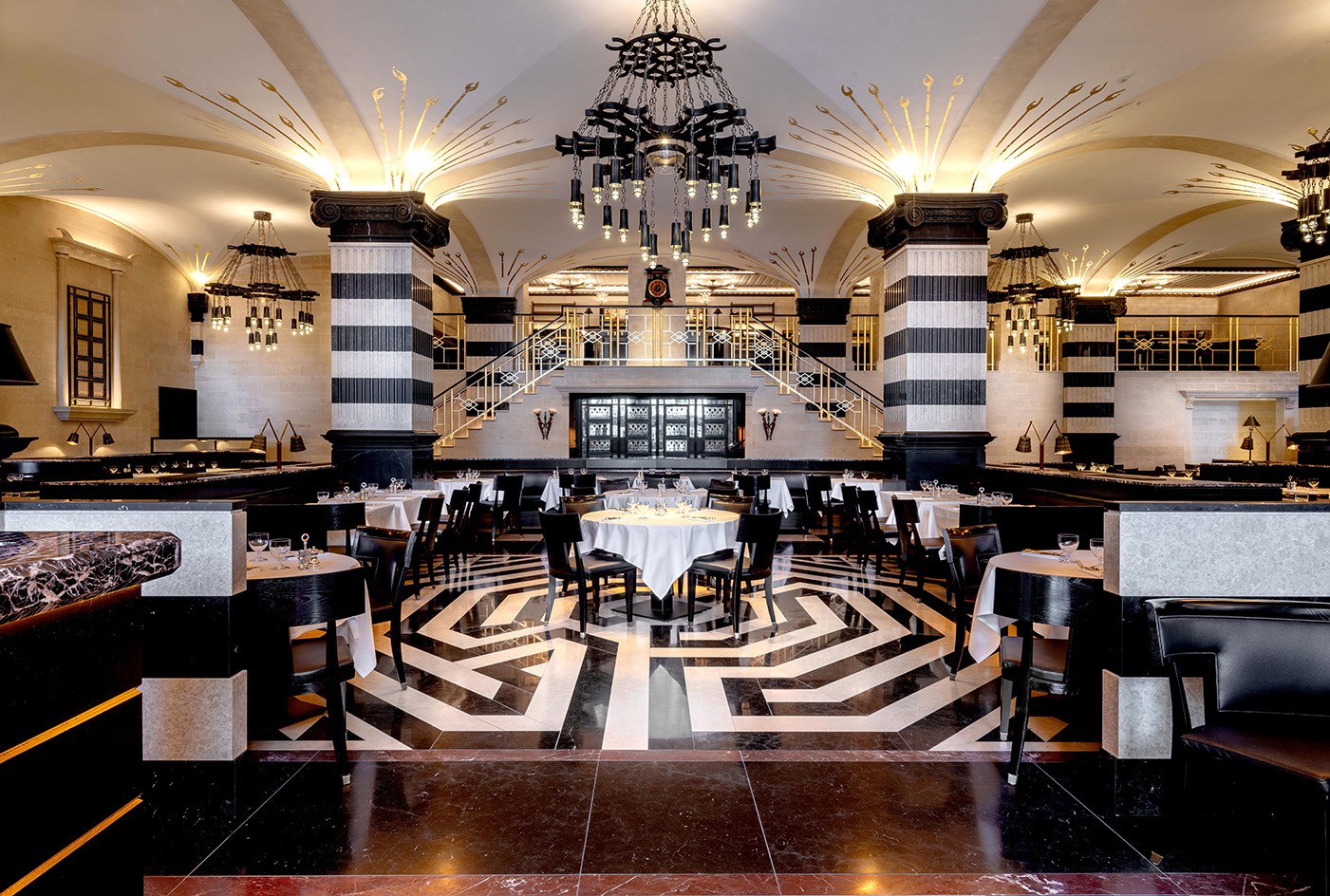
The Wolseley City is more than just the younger sibling of the famed The Wolseley on Piccadilly; this is the hospitality group’s new offering in the City of London that aims to recreate the 'Grand European Café' tradition for the 21st century. It was a welcome challenge for its designers, Fabled Studio, the practice behind expertly orchestrated interiors such as Manzi's in Soho and Harrod's Baccarat Bar; but one that its team responded to with aplomb, drawing parallels between the two venues, while carving out a distinct identity for the newcomer.
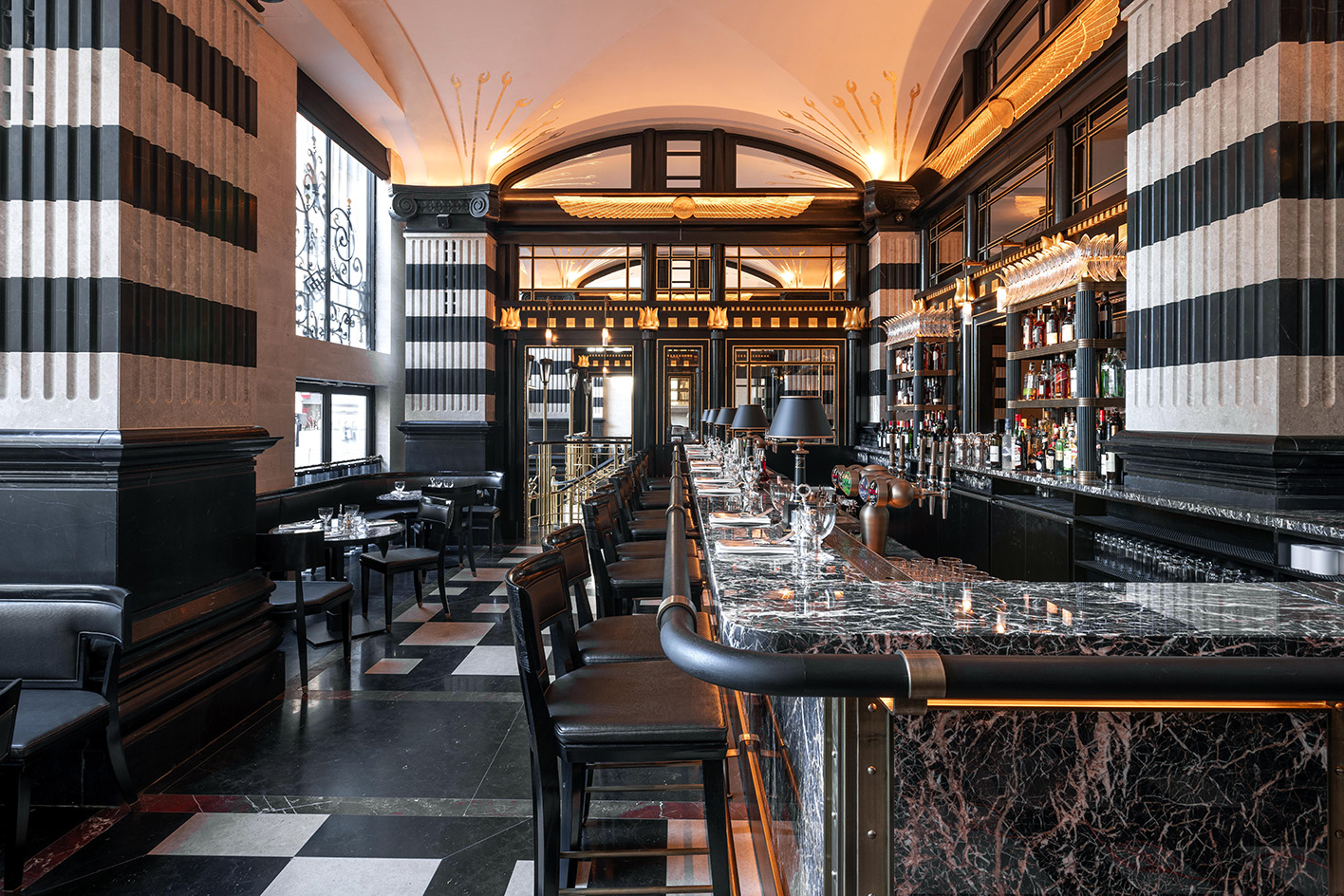
The Wolseley City: a new member to the brand's family
'Understanding the integrity and social currency of the original Wolseley restaurant was key for us, and we were fully aware of the expectation and calibre that was required to install a sibling of such a legendary establishment on the London restaurant scene. We were keen to understand the influence that inspired the original building, and use those references to form our own incarnation of the space – the design speaks of authenticity, relevance, heritage and reference to its parent – in no way a facsimile, but a member of the family in its own right,' says Fabled Studio's founder and director Steven Saunders.
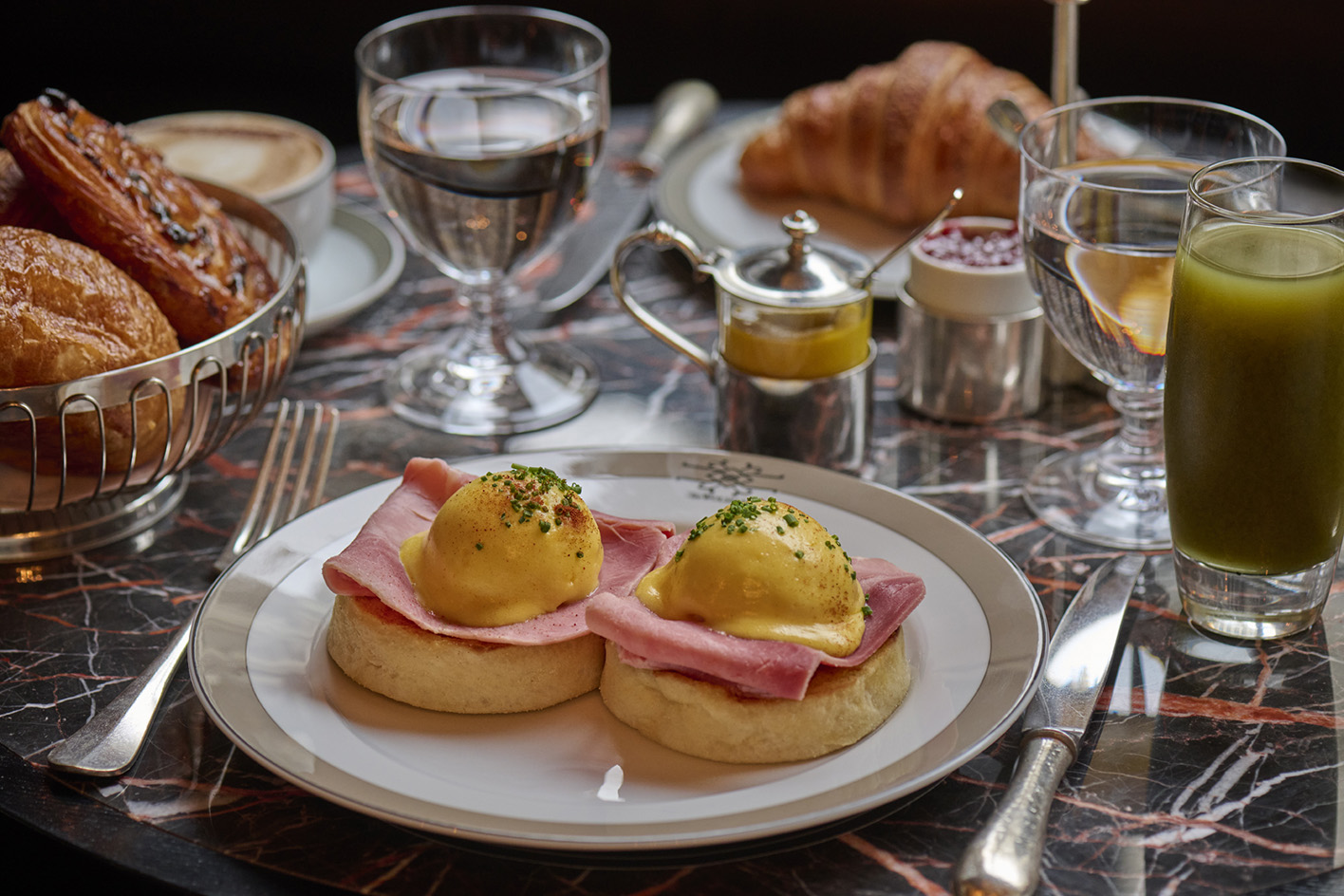
‘We spent a lot of time immersing ourselves in the DNA of the original Wolseley, to understand its heritage and incarnation. We wanted to explore other design trends of the 1920s; whereas the Piccadilly site is layered with Far Eastern flourishes of Chinoiserie and Japan Lacquer, we explored the period of Egyptian Revival – inspired by Howard Carter’s discovery of Tutankhamun’s tomb in 1922 – to give a separate but relevant identity.'
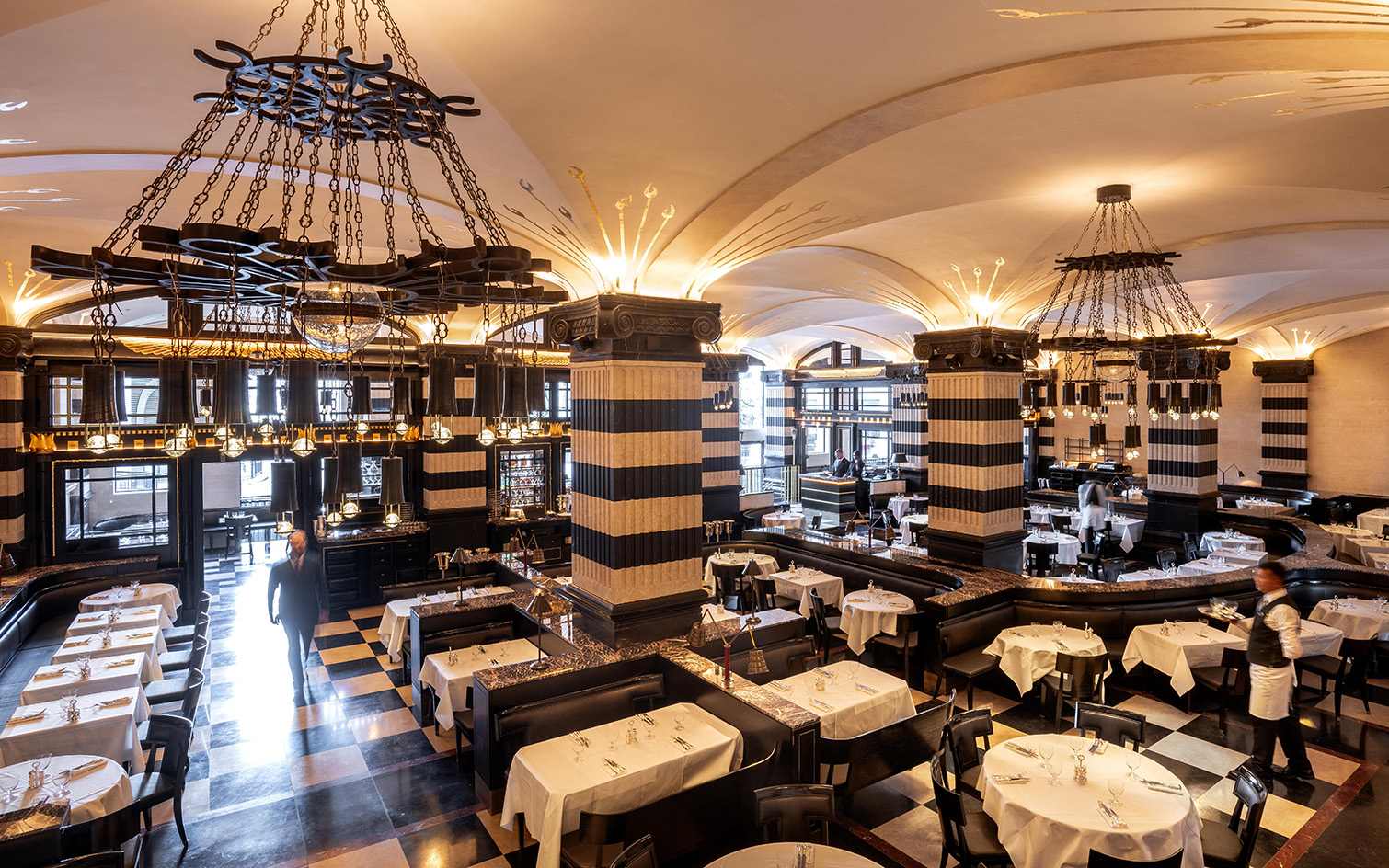
In order to avoid creating a replica of the Piccadilly restaurant, the team used its colour palette of black, gold and cream, and applied it to The Wolseley City’s key features – such as its floor pattern, and vestibule screens, which are layered in Egyptian detailing. It's all encompassed within the space as soon as the visitor steps foot in the grand, double-height main space.
Everywhere, luxurious materials prevail. Marble is used throughout the interior, such as the Egyptian Brushed Limestone and Nero Marquina floor, trimmed with Red Jasper. There is hand-painted black lacquer and gold gilding work across the vestibule screen and furniture. 'We worked with many artisans to create these finishes and applications, and developed them to look aged and lived in – giving the interior its familiar warmth and soft feel,' Saunders says.
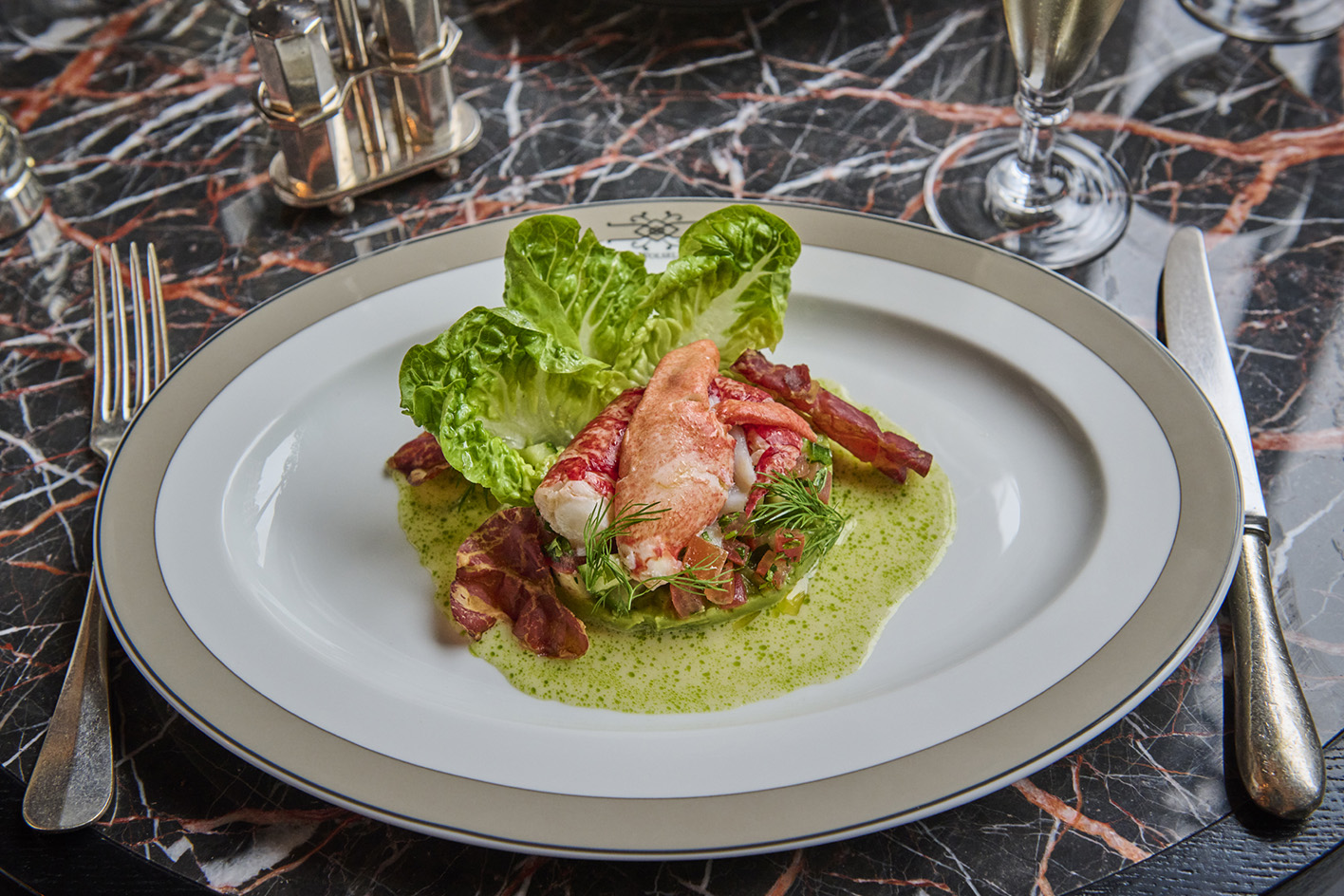
The menu responds to the same Grand European Café vibes – including its breakfast classics such as eggs, Bubble & Squeak, Grilled Kippers and Smoked Haddock Kedgeree. The all-day menu, spans a variety of meat, fish, shellfish and vegetable options that mix Welsh Rarebit, Chicken Soup with Matzo Dumplings, and Red Mullet. A selection of cocktails and traditional cakes and desserts (think, Battenburg and Crème Brûlée) bookend a meal.

As for Saunders' favourite part? 'For me, it has to be the iconic flooring design we created and the vestibule screens surrounding the bar and salon. Having the chance to create our own version of one of the most iconic floor patterns in London was a challenge we relished, and the vestibule screens are so layered in Egyptian detailing and add striking punctuation to the interior,' he says.
Wallpaper* Newsletter
Receive our daily digest of inspiration, escapism and design stories from around the world direct to your inbox.
Ellie Stathaki is the Architecture & Environment Director at Wallpaper*. She trained as an architect at the Aristotle University of Thessaloniki in Greece and studied architectural history at the Bartlett in London. Now an established journalist, she has been a member of the Wallpaper* team since 2006, visiting buildings across the globe and interviewing leading architects such as Tadao Ando and Rem Koolhaas. Ellie has also taken part in judging panels, moderated events, curated shows and contributed in books, such as The Contemporary House (Thames & Hudson, 2018), Glenn Sestig Architecture Diary (2020) and House London (2022).
-
 Marylebone restaurant Nina turns up the volume on Italian dining
Marylebone restaurant Nina turns up the volume on Italian diningAt Nina, don’t expect a view of the Amalfi Coast. Do expect pasta, leopard print and industrial chic
By Sofia de la Cruz
-
 Tour the wonderful homes of ‘Casa Mexicana’, an ode to residential architecture in Mexico
Tour the wonderful homes of ‘Casa Mexicana’, an ode to residential architecture in Mexico‘Casa Mexicana’ is a new book celebrating the country’s residential architecture, highlighting its influence across the world
By Ellie Stathaki
-
 Jonathan Anderson is heading to Dior Men
Jonathan Anderson is heading to Dior MenAfter months of speculation, it has been confirmed this morning that Jonathan Anderson, who left Loewe earlier this year, is the successor to Kim Jones at Dior Men
By Jack Moss
-
 Marylebone restaurant Nina turns up the volume on Italian dining
Marylebone restaurant Nina turns up the volume on Italian diningAt Nina, don’t expect a view of the Amalfi Coast. Do expect pasta, leopard print and industrial chic
By Sofia de la Cruz
-
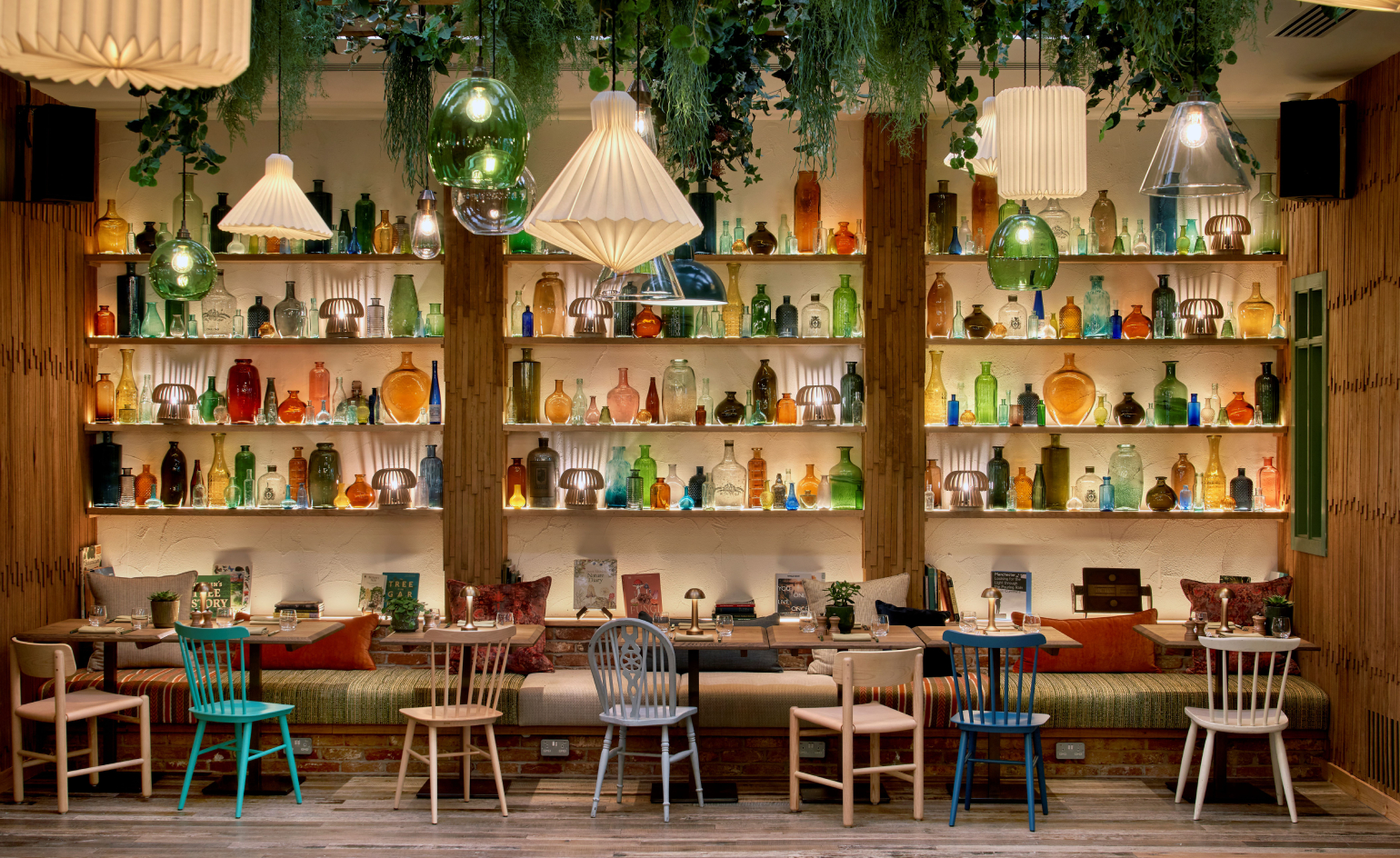 Wallpaper* checks in at Treehouse Hotel Manchester: you may not want to leaf
Wallpaper* checks in at Treehouse Hotel Manchester: you may not want to leafTreehouse Hotel Manchester offers a nature-infused biophilic sanctuary amidst the city’s ever-growing architectural canopy
By Imogen Green
-
 Dining at Pyrá feels like a Mediterranean kiss on both cheeks
Dining at Pyrá feels like a Mediterranean kiss on both cheeksDesigned by House of Dré, this Lonsdale Road addition dishes up an enticing fusion of Greek and Spanish cooking
By Sofia de la Cruz
-
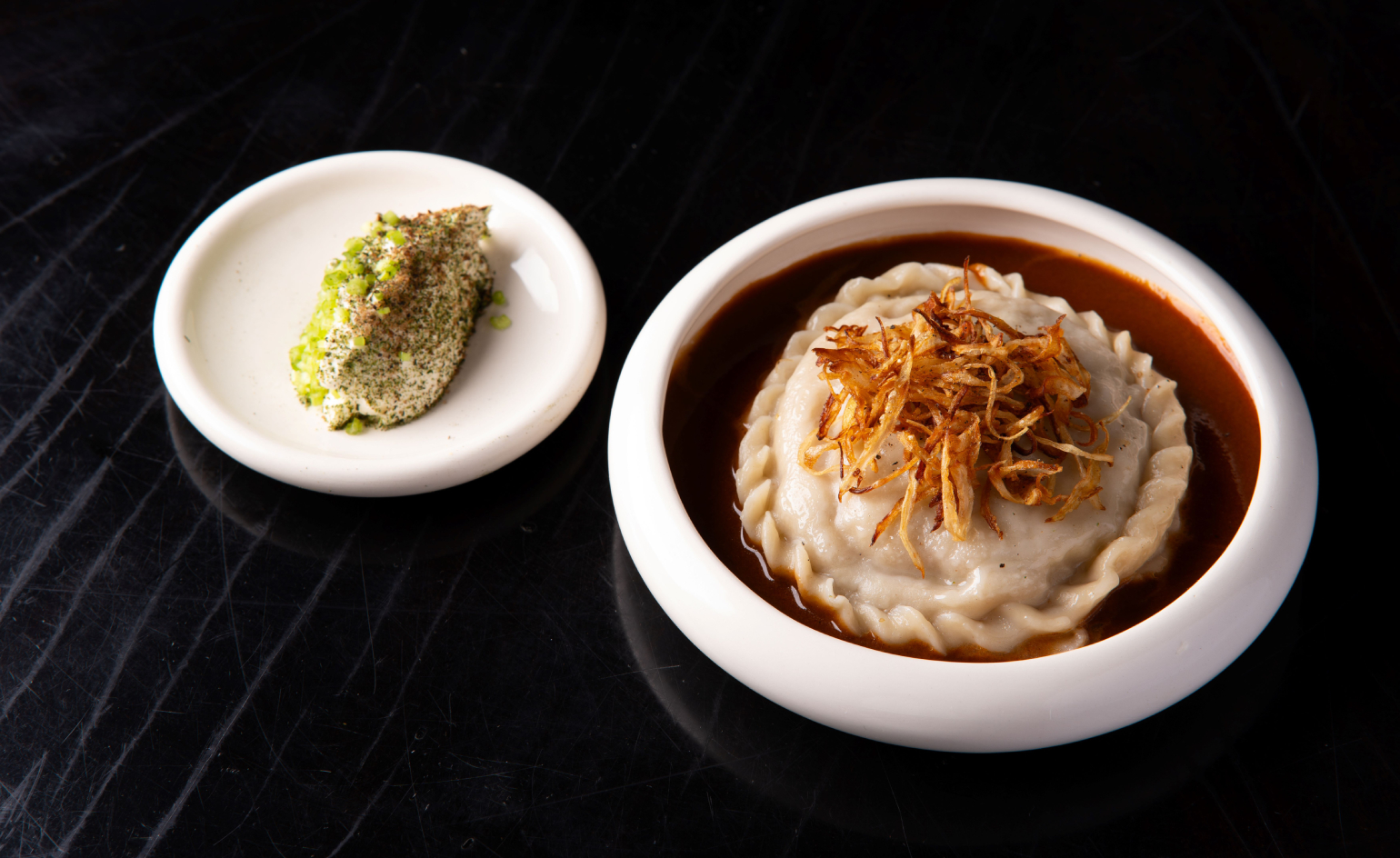 London restaurant Tatar Bunar puts Ukrainian heritage front and centre
London restaurant Tatar Bunar puts Ukrainian heritage front and centreFamily recipes and contemporary design merge at this new east London restaurant by Ukrainian restaurateurs Anna Andriienko and Alex Cooper
By Ben McCormack
-
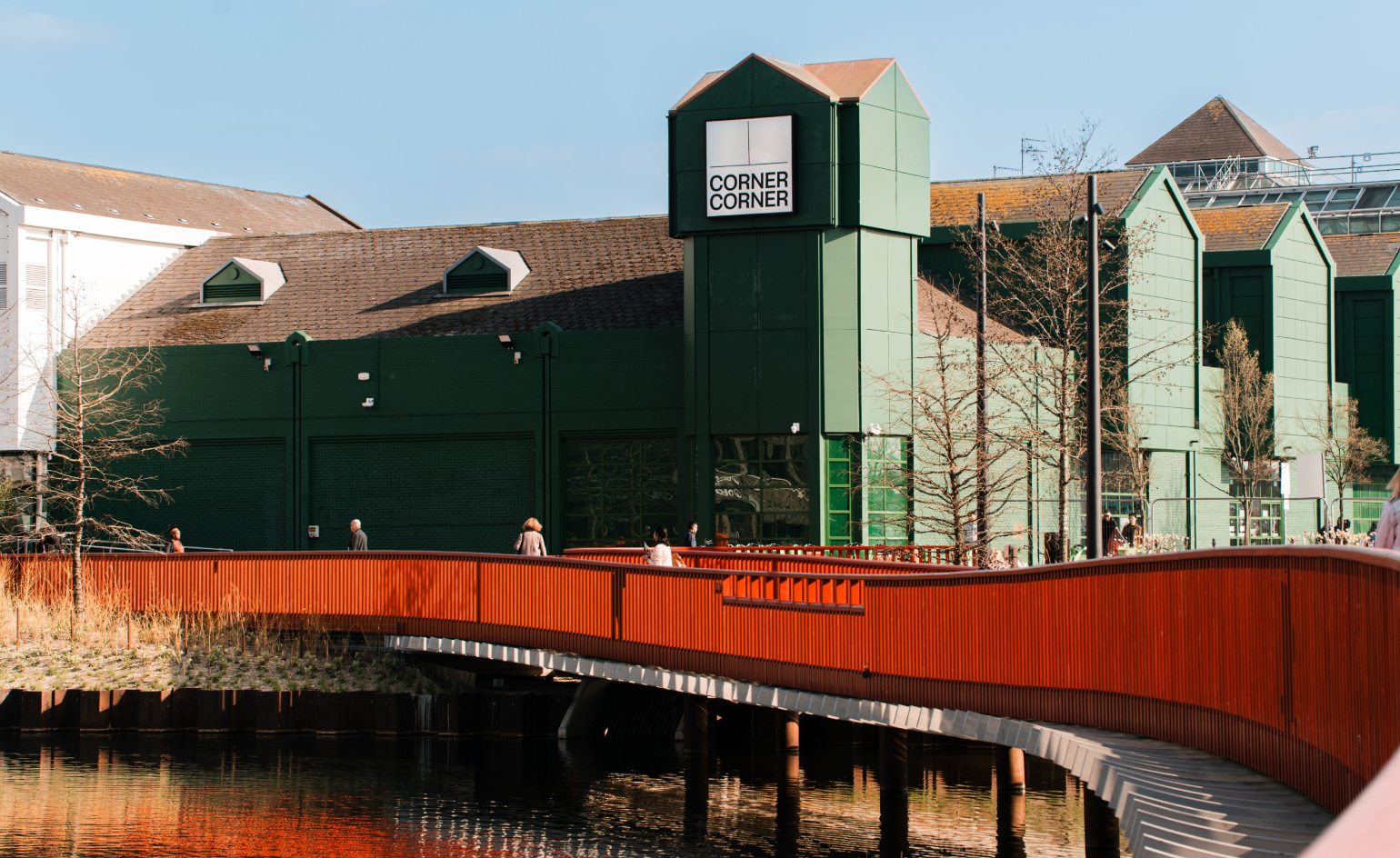 Corner Corner may be London's most unique entertainment destination yet
Corner Corner may be London's most unique entertainment destination yetThe newly-opened venue combines food, jazz and—yes—urban farming beneath one sprawling roof
By Sofia de la Cruz
-
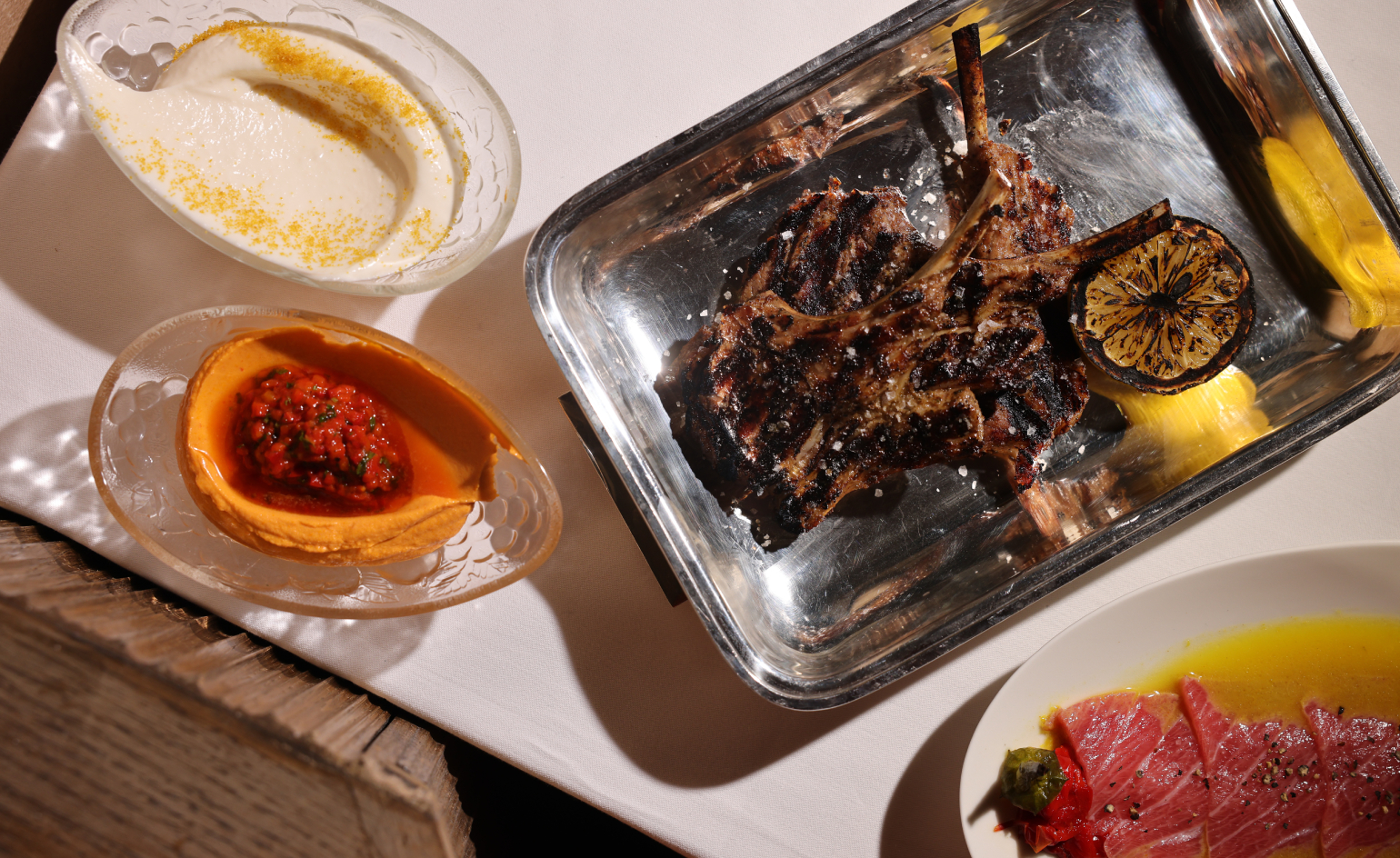 For a taste of Greece, head to this playful new restaurant in London’s Chelsea
For a taste of Greece, head to this playful new restaurant in London’s ChelseaPachamama Group’s latest venture, Bottarga, dishes up taverna flavours in an edgy bistro-style setting
By Sofia de la Cruz
-
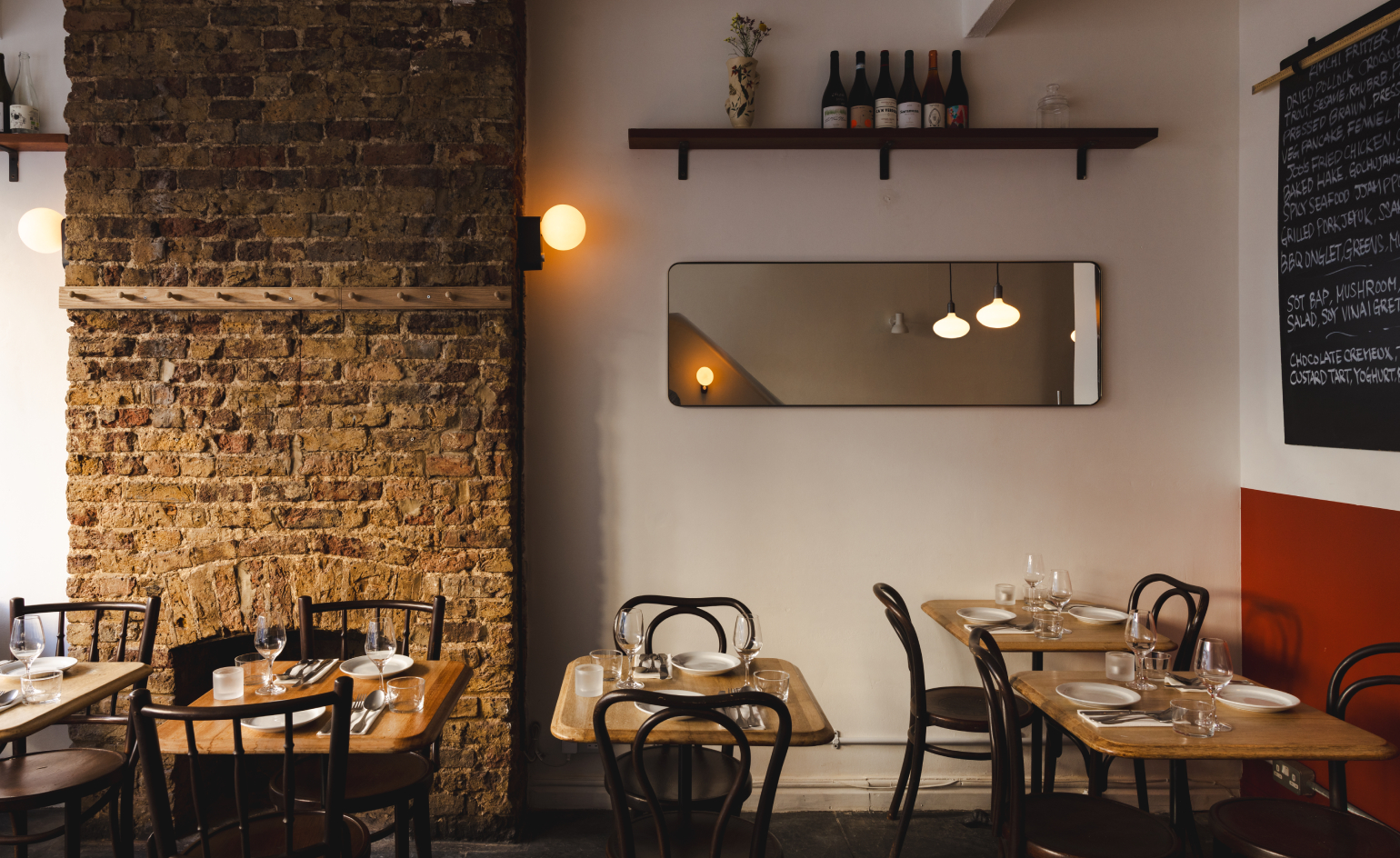 A buzzy Korean pop-up becomes a permanent fixture in East London
A buzzy Korean pop-up becomes a permanent fixture in East LondonChef Joo Won has turned his Calong pop-up permanent in the arty enclave of Stoke Newington
By Ben McCormack
-
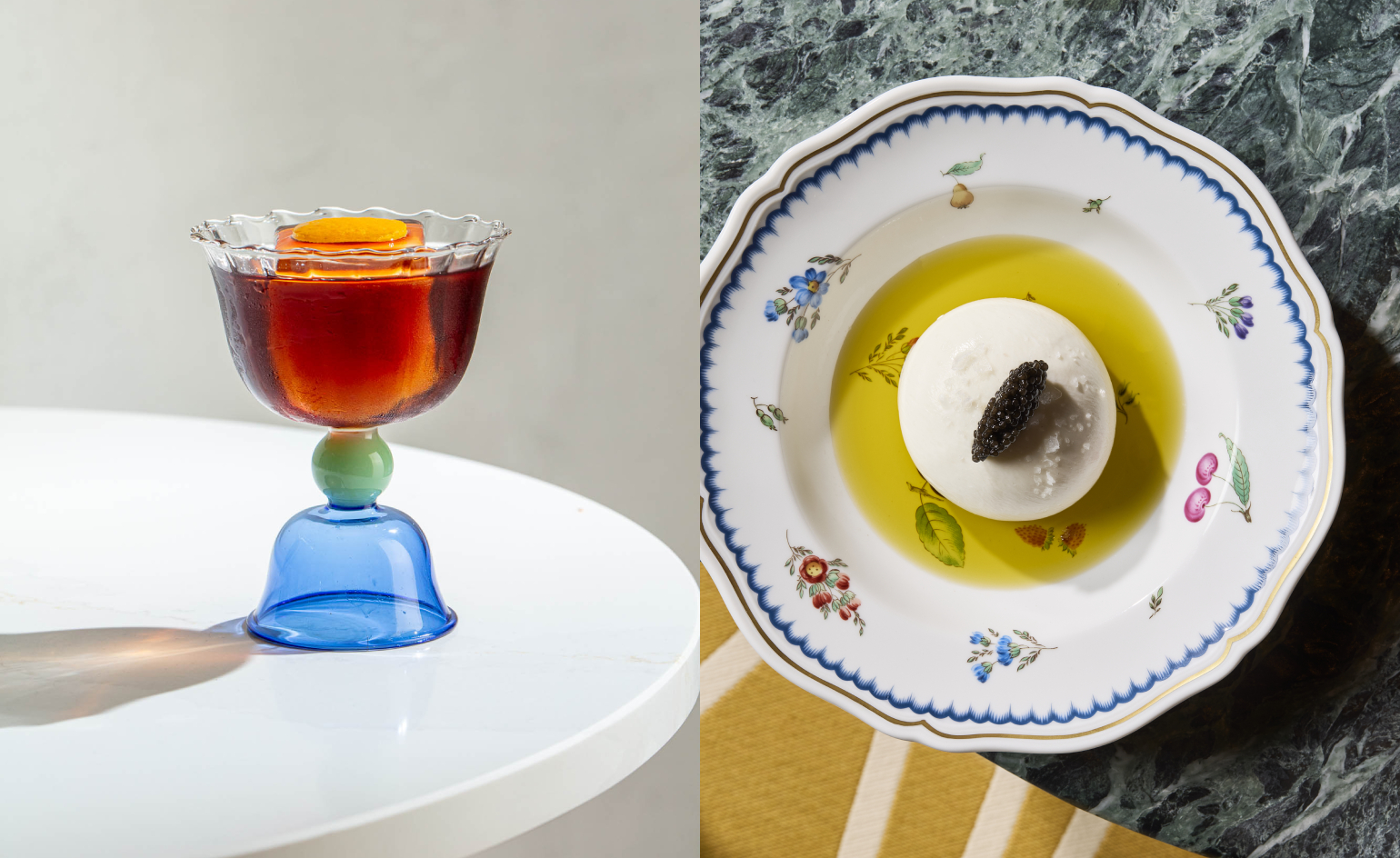 New London restaurant Alba is a sun-soaked affair
New London restaurant Alba is a sun-soaked affairIts name meaning ‘sunrise’ in Italian, Alba is a new Amalfi-inspired restaurant set to shine in Knightsbridge
By Sofia de la Cruz